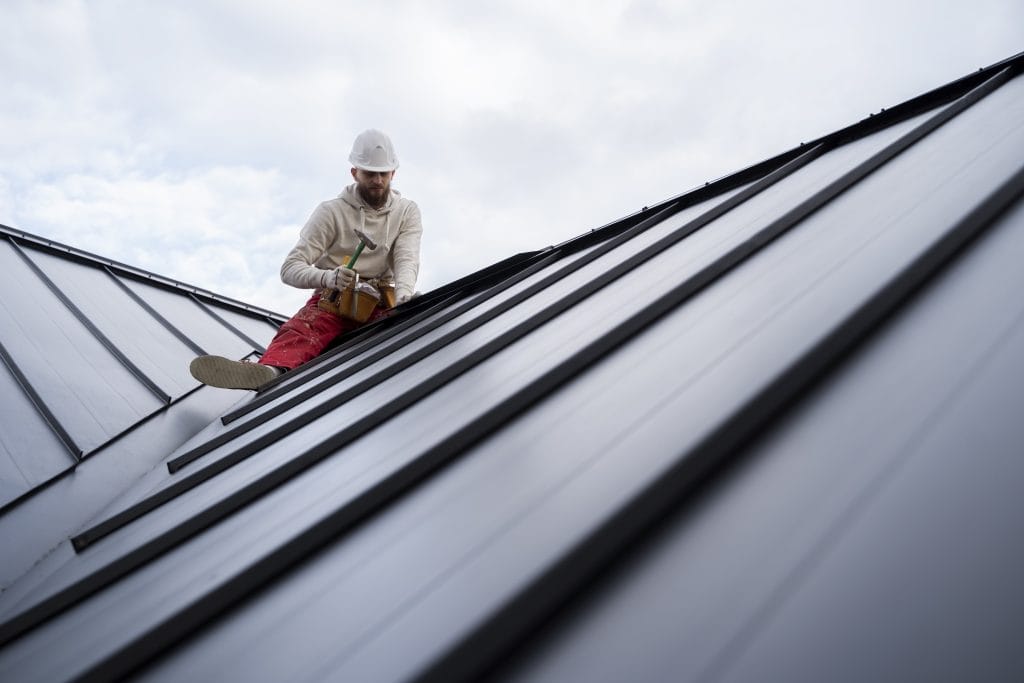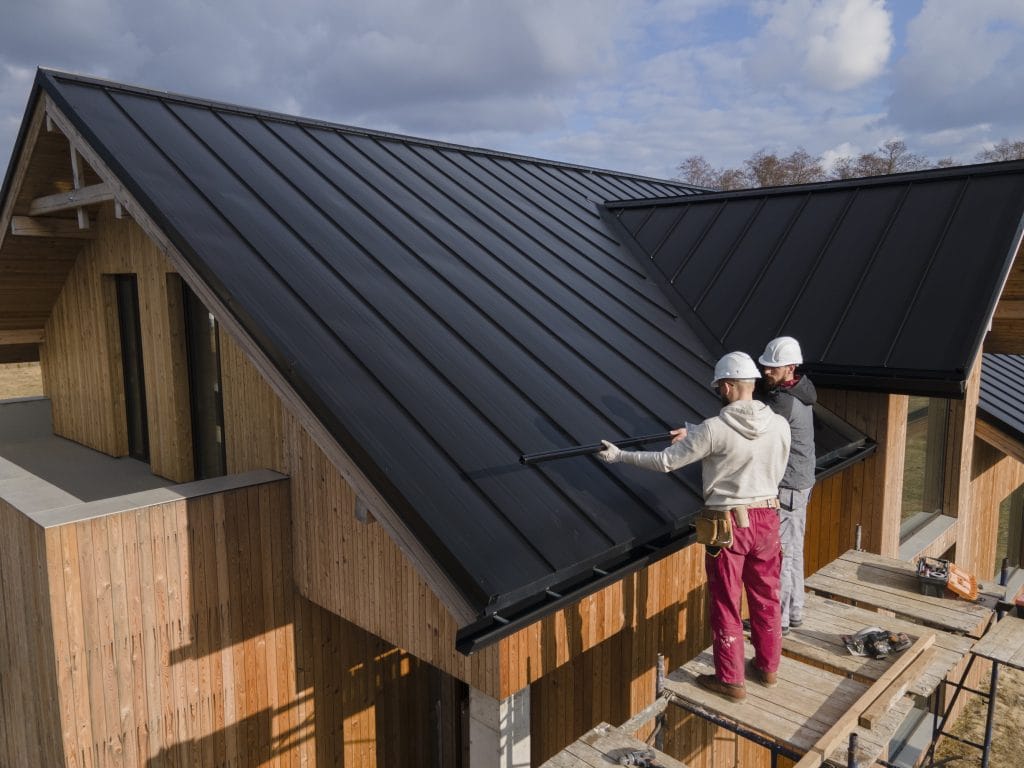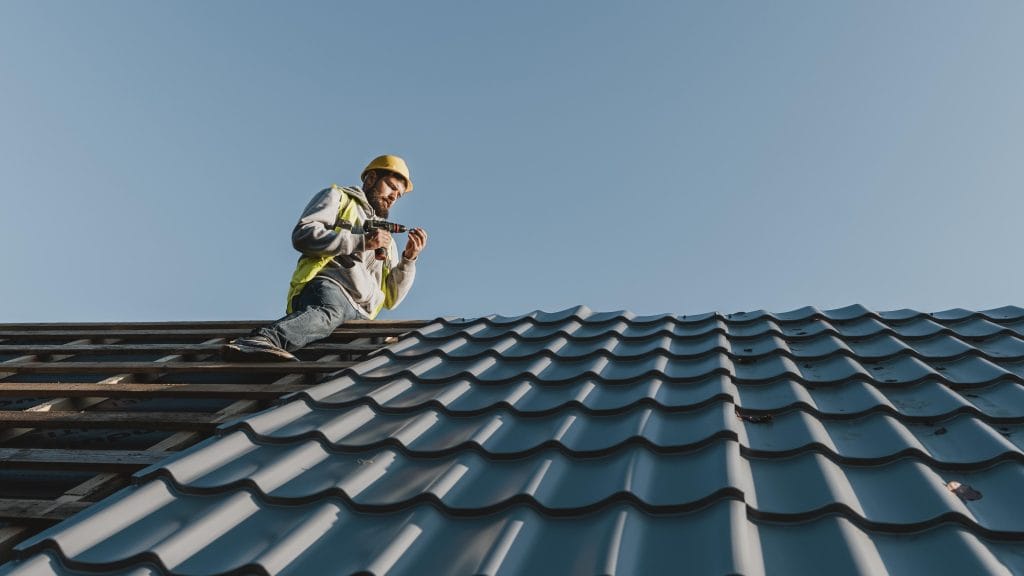Hail Damage or Roof Blistering: What’s the Difference?

Dallas hailstorms often leave roofs looking like a track field, but not every mark is hail. Blisters form slowly and quietly, while hail leaves sudden, unmistakable impacts. Read on to learn how to tell true roof hail damage from blistering.
Signs Your Roof Has Hail Damage
Hailstones act like tiny ice hammers. When they strike shingles, you’ll often see:
- Soft Bruising Around Dents
Press lightly with a gloved hand, and if the spot feels springy inside the dent, that’s hailstone bruising the asphalt beneath. - Clean Shingle Cracks
A large hailstone can slice through a shingle edge to edge, leaving a sharp crack instead of just a little dip. - Freckle‑Like Marks
More often than not after a storm, you’ll spot tiny dark spots around the shingles, where granules have been driven back into the shingle surface. - Scattered Pattern
Hail hits are random. Look for dents all over the roof, and you’ll often find loose granules washing into gutters when the next rain comes.
How to Spot Roof Blistering
Blistering comes from moisture or air trapped under the shingle surface. Texas sun heats that hidden pocket and puffs up the shingle, much like a bubble on your skin.
- Raised Bumps, Not Holes
Feel the shingle surface, blisters are raised little domes rather than indentations. - Center‑Only Granule Loss
If a blister pops, the missing granules cluster right in the middle of the bump. - Grouped Appearances
Blisters tend to form in clusters or lines on parts of the roof with poor airflow or shingles from the same production batch.
Hail Damage vs. Blistering: Your Quick-Reference Cheat Sheet
| Hail Damage | Roof Blistering | |
| Cause | External Impact (Hailstone) | Internal Moisture/Heat |
| Appearance | Dent/Bruise (Indentation) | Bubble/Bump (Protrusion) |
| Granule Loss | Within the impact crater | On top/Center of the blister (if popped) |
| Texture | Soft spot within the dent | Raised, hard bump |
| Pattern | Random across the roof | Often in clusters or lines |
| Other Signs | Dents on metal, spatter marks | Typically no other storm signs |
Why Getting It Right Matters
- Speed of Repair
Hail can lead to leaks fast, so you’ll want hail damage repairs done quickly. Blistering usually gives you a little more time, though popped blisters will let water in soon enough. - Insurance Coverage
Sudden hail damage often qualifies under a hail damage insurance claim, but blistering is seen as age or manufacturing wear and tear and is rarely covered. - Repair Approach
Extensive hail impact may call for swapping out entire roof sections. Blistering spots can often be fixed one shingle at a time, if you catch them early.
Guesswork is a Bad Idea, Let the Experts Take a Look
Those odd marks after a storm might fool even a seasoned homeowner. A missed hail dent can leak, while a misread blister could lead to an unnecessary claim. Protect your investment by calling in the pros.
The Bumble Roofing Difference
As a Dallas‑based company, Bumble Roofing knows local storms and material quirks better than anyone. Our inspection includes:
- A thorough roof walk-through or drone scan
- High-resolution photos to document damage for your insurer
- A clear report that tells you if you need a storm damage roof repair or just shingle replacements
Schedule Your Free Inspection
Stop wondering and start protecting. Book your no‑obligation roof inspection with Bumble Roofing today. We’ll give you the facts, a fair quote, and the peace of mind you deserve.
Roofing, the Easy Way
Get Estimate





